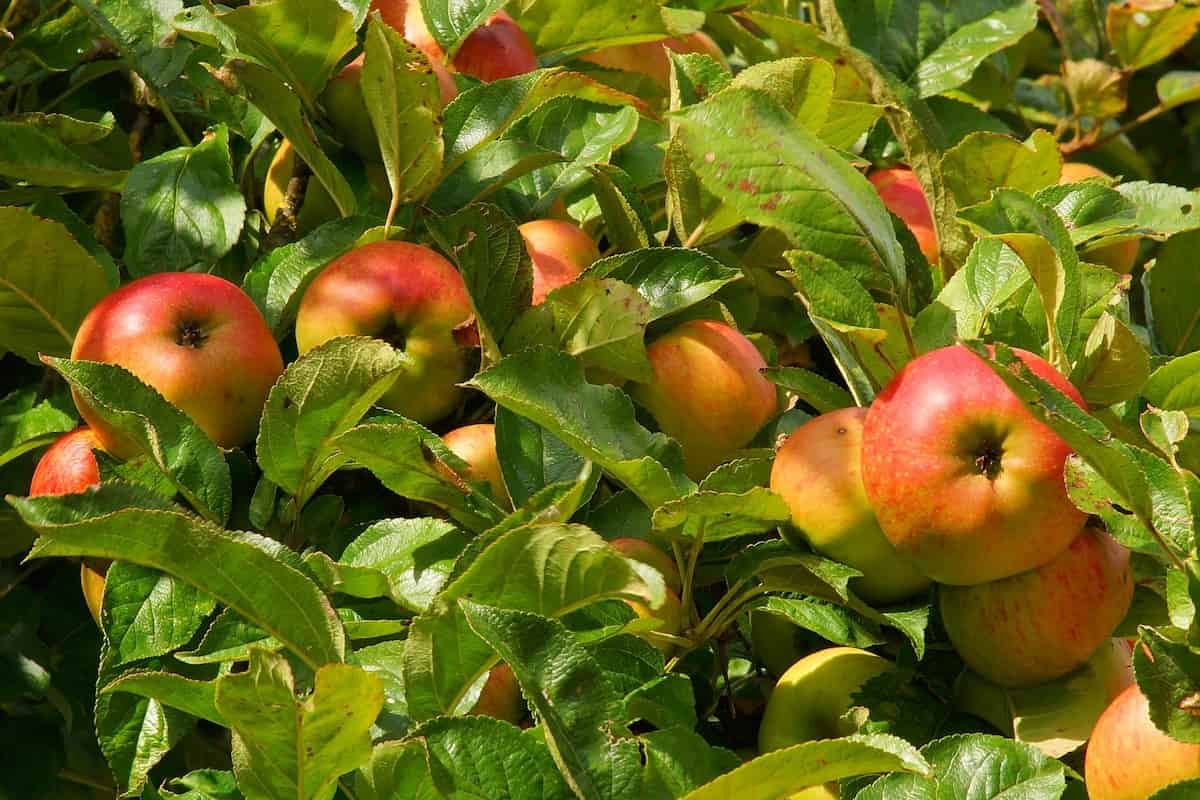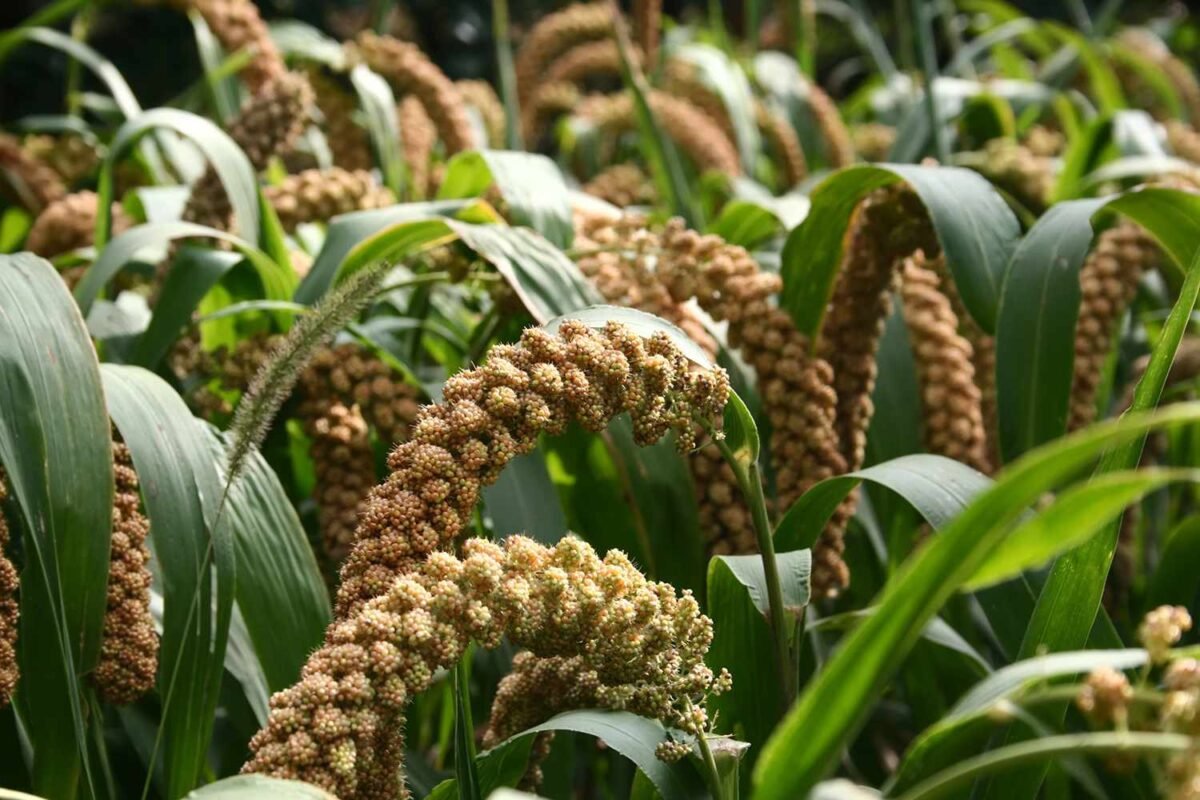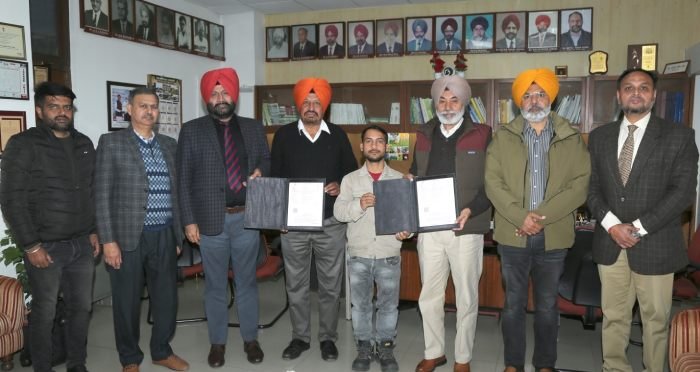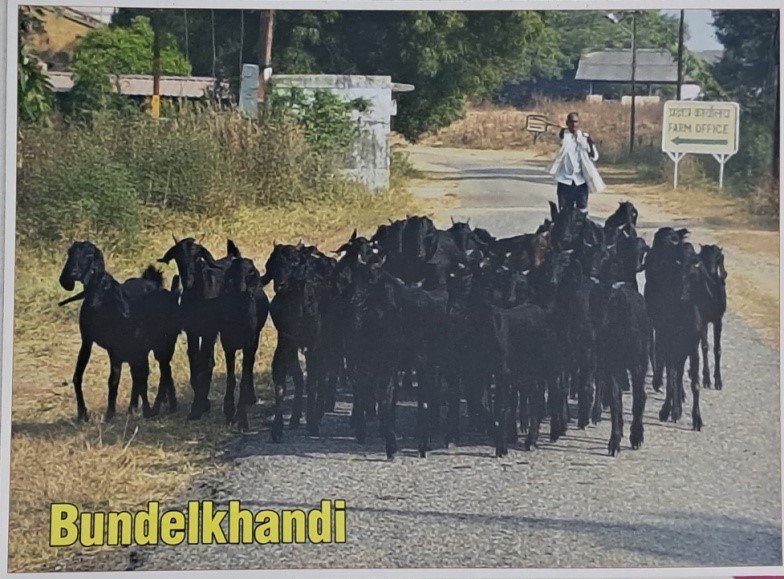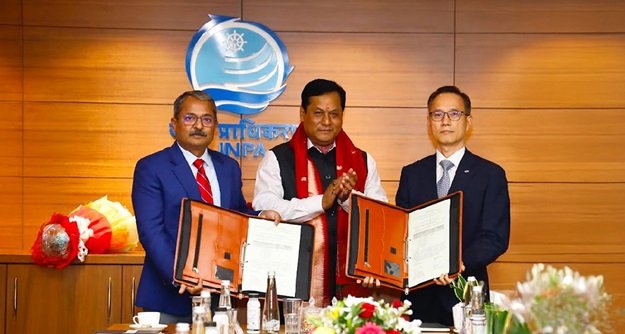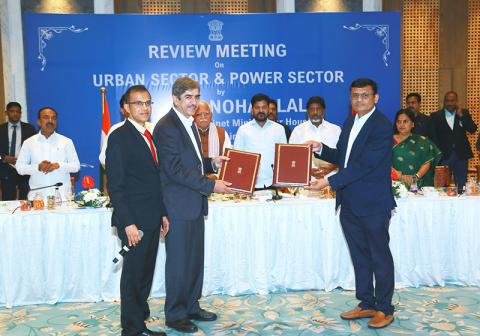Fruit Growers in Kashmir Seek Fiscal Support to Aid the Horticulture Sector in the 2025–2026 Budget
In order to promote the horticulture sector in Jammu and Kashmir, the Kashmir Valley Fruit Growers Cum Dealers Union has made an appeal to Union Finance Minister Nirmala Sitharaman to include special assistance in the 2025–2026 budget. With more than 700,000 families directly or indirectly reliant on the fruit business, the union, which represents fruit producers’ associations throughout the Valley, has emphasized the industry’s critical role in the local economy
The union proposed in its pitch that the government should design a crop insurance program for horticulture that is equivalent to the one that is offered to the agricultural industry. Despite previous announcements of such a program, it has not yet been put into action, leaving fruit growers exposed to losses from natural disasters. The union has emphasized that growers will greatly benefit from the budgetary provisions for this program in the next budget, especially during periods of severe weather.
Reintroducing the Market Intervention Scheme (MIS) is another important demand made by the union. The organization noted that “Grade C” and fallen apples make up around 40% of the yearly apple harvest, frequently causing growers to suffer financial losses. To help farmers lessen their losses, the government previously implemented the MIS, which allowed the Horticulture Planning and Marketing Department to purchase these inferior apples at set prices. But the program was abandoned a number of years ago. The union has asked for its reintroduction, claiming that it will give fruit growers the crucial financial stability they need.
In keeping with the current industrial estates in Jammu and Kashmir, the union has also suggested creating a horticultural estate specifically for this purpose. For the advantage of fruit producers and dealers, such an estate would offer state-of-the-art facilities under a single window system, such as juice plants, canning factories, Controlled Atmosphere (CA) storage, and other related units. The union has asked that money be set aside in the next budget to support the construction of this infrastructure.
There have also been complaints about the exorbitant price of agricultural inputs and packaging. The government is now imposing a 12 percent GST on necessities like cardboard cartons, plastic trays, baskets, waste paper, insecticides, pesticides, and fertilizers. The union has asked the government to either exempt or lower this tax. It has been stated that fruit producers’ production costs have increased dramatically due to the rising costs of these resources, making it difficult for them to stay competitive.
The union has also demanded that testing facilities be established in each Valley district, that tree spray oil be recognized as an agricultural product, and that funding be allocated for the restoration of damaged orchards. Given the frequent unfavorable weather conditions that impact fruit production in the area, the plea also requests a specific budgetary provision for financial help in the event of natural disasters.
The exclusion of small-scale fruit growers’ Kisan Credit Card (KCC) loans is another important demand. According to the organization, a number of these growers have been unable to pay back their loans because of things like political upheaval, the terrible floods in 2014, the COVID-19 pandemic, droughts, and unusual snowfall that was followed by a lot of rain and wind. Given the financial difficulties growers have endured over the years, it has encouraged the government to forgive these loans.
Last but not least, the union has urged the growth of pomegranate, grape, and kiwi orchards in Jammu and Kashmir, pointing out that the area is now experiencing a scarcity of these fruits. In order to encourage their production and guarantee the diversification of horticulture in the Valley, it has asked the government to include money in the budget.
In order to ensure the expansion and sustainability of the horticulture industry, which continues to be a vital pillar of the local economy, the Kashmir Valley Fruit Growers Cum Dealers Union has expressed optimism that the government will give careful thought to these concerns while drafting the budget for 2025–2026.
In order to promote the horticulture sector

